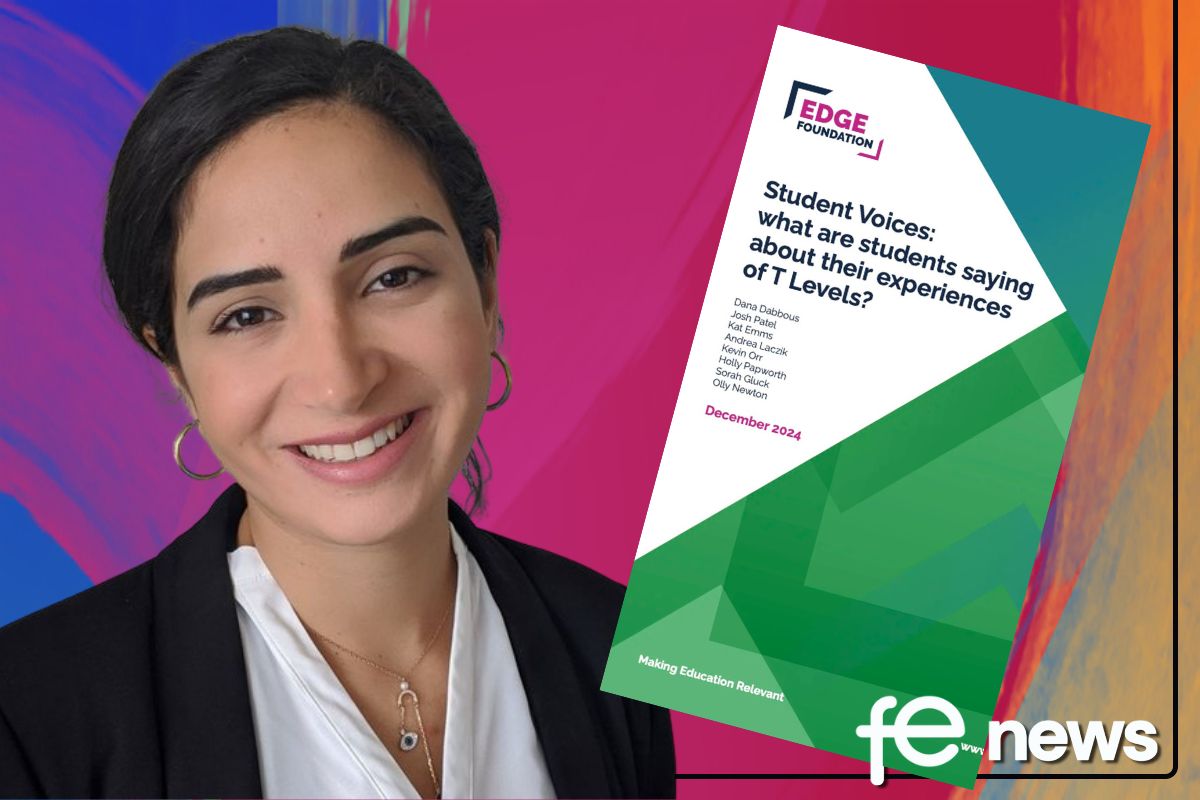Adult Education Budget Devolution Is The Iron Curtain of Funding Rules

Devolution of the Adult Education Budget (AEB), has been on the cards for a few years and until recently, it seemed to be moving towards us at the speed of a sloth on tranquilizers.
Now, suddenly, its moving towards us at terminal velocity with 7 Mayoral Combined Authorities (MCA) due to receive devolved or delegated AEB funding from 1st August this year, all of whom are in one stage or another of commissioning their AEB provision:
- Cambridgeshire and Peterborough Combined Authority (CPCA)
- Greater London Authority (GLA)
- Greater Manchester Combined Authority (GMCA)
- Liverpool City Region Combined Authority (LCRCA)
- Tees Valley Combined Authority (TVCA)
- West Midlands Combined Authority (WMCA)
- West of England Combined Authority (WECA)
There are mixed views across the sector on the benefits versus the disadvantages of devolving AEB funding, and with good reason.
There is no doubt that locally made decisions that support local skills needs and priorities are likely to work better than nationally designed programmes that have a one size fits all approach.
However, the ESFA arrangements for use of devolved AEB funding are that it can only be spent on learners with a home postcode within the MCA boundary.
It’s this approach that will have a dramatic effect on just what is accessible in terms of funding and programmes for some.
It becomes particularly pertinent for providers and learners that are not in the MCA area but who are close to the boundary of a devolving region.
Let’s look at a few examples of why devolution won’t work for some situations
Problems for learners who commute:
Learner 1 commutes into an MCA area for work but lives outside the MCA boundary. The learner wants to access a programme at lunchtime or one afternoon a week with a provider near to their place of work. Because their home postcode is outside the MCA boundary, the provider can’t use their devolved AEB to fund this learner. So, unless the learner can access the same course nearer to home and get to the course on time from work, they won’t be able to improve their skills as they hoped.
Problems for learners living near a boundary:
Learner 2 wants to access a programme at the college or provider near to their home, but the provider is inside the MCA boundary and the learners home postcode is outside the boundary. The nearest provider outside inside the MCA boundary is over 20 miles away. This learner is out in the cold when it comes to upskilling and improving their career options, unless they are able and willing to travel a fair distance to access the programme they want.
Problems for providers near a boundary:
For providers near to MCA boundaries, the issues are just as complex and frustrating. AEB provider allocations for 2019/20 are based on previous years’ learner residency data. If a provider draws learners from an area inside the boundary, that AEB funding will now be removed from the provider allocation and passed to the MCA for reallocation to providers inside the boundary.
Losses Of Over 75% Of AEB Funding
One provider I spoke with at a recent debate at Westminster on the pros and cons of devolution, had lost over 75% of their AEB funding allocation for 2019/20, because many of their AEB learners live just over the border in the MCA area.
Additionally, there is no other college close by so the learners who would usually access programmes at this provider will also struggle to find provision near home.
Devolution of the AEB is an opportunity for local areas to design programmes that really meet local priorities and employer skills needs.
But unless there is some flexibility in the iron curtain of AEB funding access for providers and learners in the boundary areas, we run the risk of further skills deprivation in some regions, which will be detrimental to individuals, the economy and UK Plc.
Bryony Kingsland, Head of Funding and Policy, City & Guilds, Digitalme and ILM











Responses